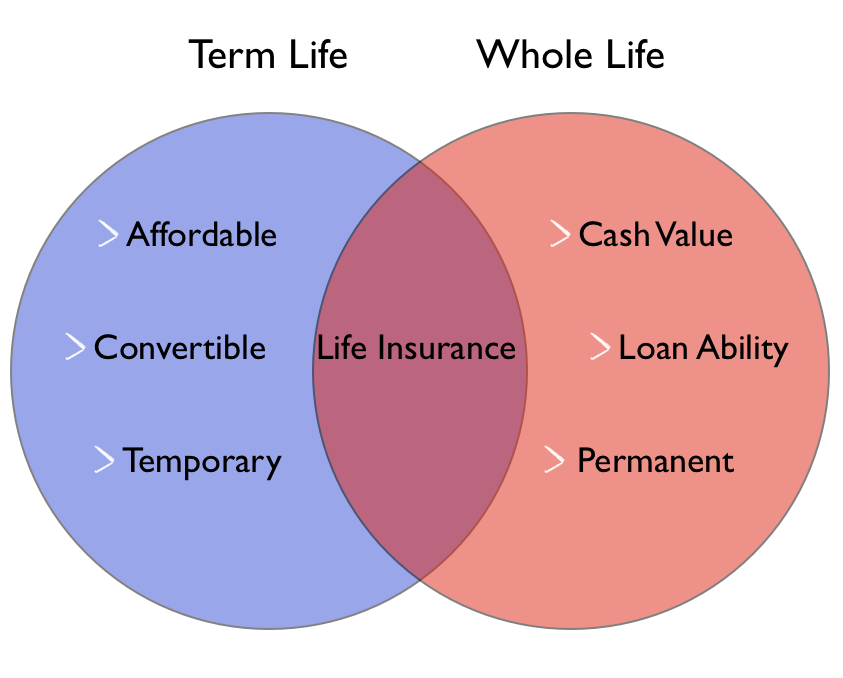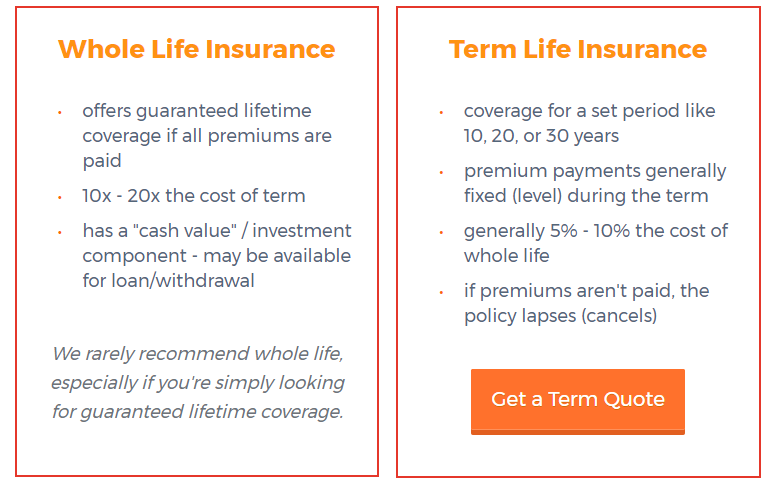This effectively removes the ceiling on financial risk for people in the specific exchanges. The aids for insurance coverage premiums are given to individuals who buy a strategy from an exchange and have a household income between 133% and 400% of the poverty line. Area 1401(36B) of PPACA explains that each subsidy will be supplied as an advanceable, refundable tax credit and provides a formula for its estimation: Except as supplied in stipulation (ii), the suitable percentage with respect to any taxpayer for any taxable year amounts to 2. 8 percent, increased by the number of portion points (not greater than 7) which bears the same ratio to 7 percentage points as the taxpayer's home earnings for the taxable year in excess of 100 percent of the hardship line for a family of the size involved, bears to an amount equal to 200 percent of the poverty line for a household of the size included.
A refundable tax credit is a way to supply government benefits to individuals who may have no tax liability (such as the made earnings tax credit). The formula was altered in the amendments (HR 4872) passed March 23, 2010, in area 1001. To receive the subsidy, the recipients can not be eligible for other appropriate coverage. The U.S. Department of Health and Human Solutions (HHS) and Internal Income Service (IRS) on May 23, 2012, provided joint final guidelines regarding execution of the brand-new state-based medical insurance exchanges to cover how the exchanges will figure out eligibility for uninsured people and employees of small businesses seeking to buy insurance on the exchanges, along with how the exchanges will deal with eligibility determinations for low-income individuals making an application for newly broadened Medicaid benefits. How does health insurance work.
3% $2,778 $8,366 $4,000 250% $55,125 8. 05% $4,438 $6,597 $1,930 300% $66,150 9. 5% $6,284 $4,628 $1,480 350% $77,175 9. 5% $7,332 $3,512 $1,480 400% $88,200 9. 5% $8,379 $2,395 $1,480 In 2014, the FPL is predicted to equal about $11,800 for a single individual and about $24,000 for a family of 4. See Aid Calculator [] for specific dollar quantity. DHHS and CBO approximate the average annual premium cost in 2014 would be $11,328 for a household of 4 without the reform. In the specific market, often believed of as the "recurring market" of insurance, [] insurance providers have actually generally utilized a procedure called underwriting to guarantee that each specific spent for his/her actuarial worth or to reject coverage completely.
The Only Guide for How Much Is Home Insurance
The very same memorandum said that 212,800 claims had been refused payment due to pre-existing conditions and that insurance firms had organization plans to limit money paid based upon these pre-existing conditions. These individuals who might not have received insurance under previous market practices are ensured insurance protection under the ACA. Hence, the insurance exchanges will shift a higher amount of financial danger to the insurance providers, however will help to share the expense of that risk amongst a larger swimming pool of insured people. The ACA's restriction on rejecting coverage for pre-existing conditions began on January 1, 2014. Formerly, numerous state and federal programs, including most just recently the ACA, provided funds for state-run high-risk pools for those with previously existing conditions. The Health Insurance Market is a platform that provides insurance coverage strategies to people, households, and small companies. The Affordable Care Act (ACA) developed the Market as a method to extend health insurance coverage to countless uninsured Americans. Lots of states use their own markets, while the federal government handles an exchange open up to locals of other states. The Health Insurance Coverage Marketplace is a gateway for people, families, and little organizations to access health insurance. It was created following the passage of the Affordable Care Act. The Market is available to those who do not have access to medical insurance through employer-sponsored plans.


A number of states have marketplaces and the federal government has an exchange readily available for homeowners of the states that do not have their own. The Health Insurance Market is a crucial element of the Affordable Care Act, a healthcare reform signed into law by President Barack Obama in 2010, likewise called Obamacare. The law advised states to set up their own exchanges where individuals or families without employer-sponsored protection could compare strategies. Numerous states, nevertheless, have selected not to establish a marketplace and have actually joined the federal exchange. The Marketplace helps with competition among personal insurers in a main place where people who do not have access to employer-sponsored insurance coverage can discover an appropriate plan.
Normally, this duration occurs in November and December of the year prior to the year in which the protection will work. Consumers can get an unique knoxomof305.mozello.com/blog/params/post/2817526/h1-styleclearboth-idcontent-section-0the-best-strategy-to-use-for-what-is-e registration duration when it comes to a qualifying event such as the birth of a child, marriage or the loss of another insurance coverage strategy. The Marketplace categorizes plans into four tiers: bronze, silver, gold, and platinum, in the order of least to greatest protection. The greatest tier, platinum, consists of strategies that cover around 90% of health costs, but is likewise the most costly. Lower-income people and households can receive additional cost savings on all the health insurance coverage prepares used on the exchange through premium tax credits and cost-sharing reductions.